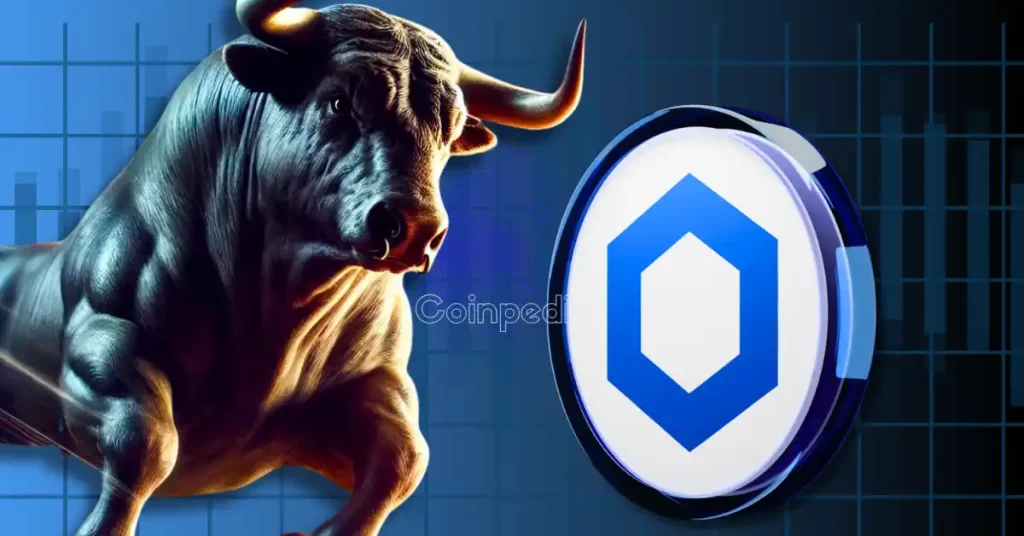
The post Chainlink Price Prediction: Can the 50x ETH Whale Trigger a LINK Rally? appeared first on Coinpedia Fintech News
The notorious “50x ETH” whale, who previously cost Hyperliquid $4M, is back in action—this time going all-in on Chainlink (LINK). Within the last 45 minutes, the trader deposited 2.875M USDC into Hyperliquid to open a LINK long position with 10x leverage.
Since February 7, this high-risk trader has pocketed $16.4M by flipping leveraged positions on ETH, BTC, HYPE, and YGG. Now, all eyes are on whether this LINK bet will deliver another payday or end in liquidation. However, his past trades have not only brought him massive profits but also raised concerns about the risks of extreme leverage on decentralized trading platforms.
The Big LINK Bet
On March 14, the whale opened long positions on LINK worth approximately $31 million using 10x leverage on Hyperliquid and GMX, two major perpetual trading platforms. On top of that, he accumulated around $12 million in spot LINK. However, on-chain data shows that he has been gradually selling portions of his LINK holdings back into stablecoins, possibly securing profits or adjusting his exposure.
The ETH Trade That Shook Hyperliquid
This comes just days after his massive $200 million ETH long position on March 12, which led to millions in losses for Hyperliquid’s liquidity providers. The trade resulted in a $4 million deficit for the platform’s liquidity pool but landed the trader $1.8 million in profits. Over the past month, his total earnings from Hyperliquid alone have soared to $17 million, according to Web3 analytics firm Lookonchain.
The incident highlighted the risks of leveraged trading, where traders can control huge positions with little capital. While some thought the whale exploited a loophole, Hyperliquid confirmed it was all within the rules—just an extreme case they hadn’t accounted for. To prevent future disruptions, the platform tightened its collateral requirements on March 13.
Hyperliquid’s Growing Dominance
Controversy aside, Hyperliquid continues to dominate decentralized derivatives trading. Since launching in 2024, it has taken 70% of the market, outpacing GMX and dYdX, as noted by VanEck. Adding to its momentum, the platform recently hit a major milestone of $1 trillion in lifetime trading volume, solidifying its spot among the top decentralized exchanges.
What’s Next for Chainlink?
Chainlink’s price has been all over the place. It shot up by over 150% after Trump won the election but has since dropped from nearly $30 in December to under $14 now. But with big traders like the ETH 50x whale jumping in, many are wondering if LINK is about to make another big move. Right now, it has a market value of $8.7 billion and is still an important player in the DeFi world.







